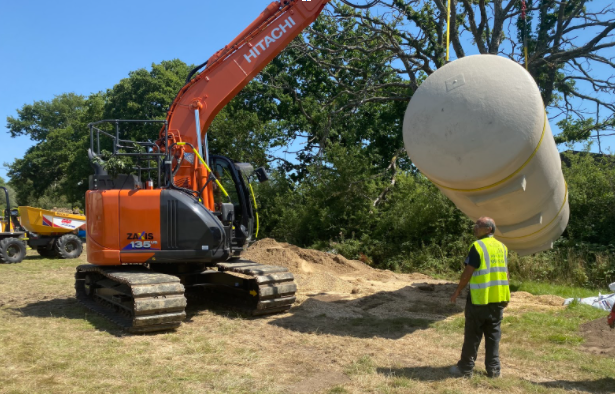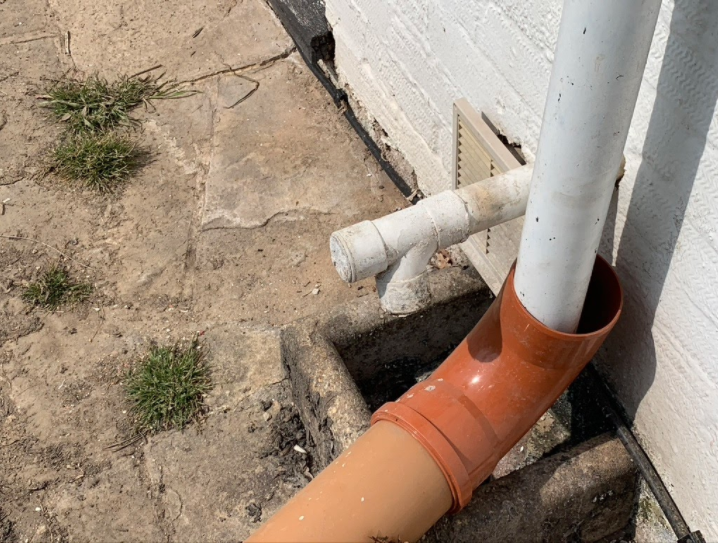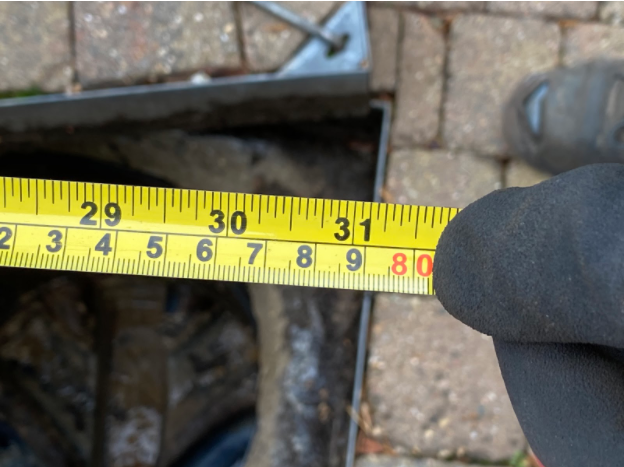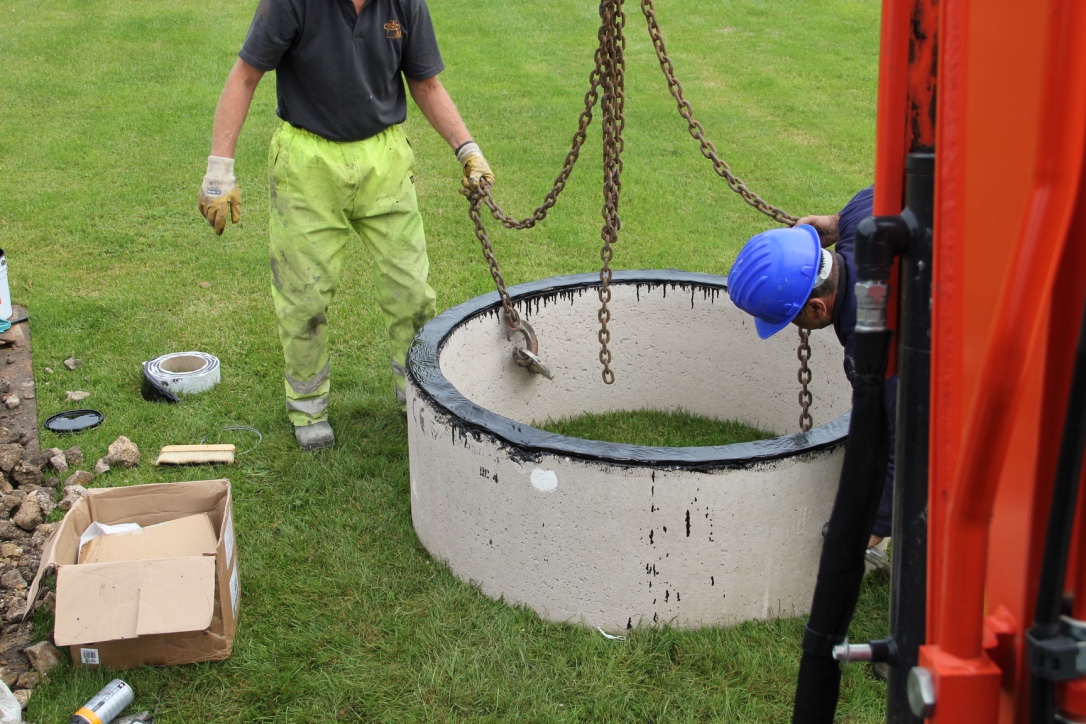Case Study | We need to protect the environment
This case study highlights the lack of knowledge and understanding of why many do not display the high level of commitment needed to protect the environment. People use 'horses for courses' – to mean that people and things have different qualities and skills and are suitable in different situations. Installers of treatment plants are selected for a job not solely based on an ability to install but also on knowledge of the subject matter acquired over decades.
ASL Limited 'drainage’ specialising in treatment plant installations: Have supervisors who have been employed more than 30 years; Can troubleshoot recently installed treatment plants; Can repair or replace old systems including clinker bed‘s. When we see a system that has been set up inadequately, we will share that information with the customer and advise them how to put it right. Unfortunately, it is up to the customer whether or not they take our advice, and that is their choice.

"Reference your requested breakdown of the works carried out.
The results of the inspection by our senior supervisor, including CCTV survey results.
Dear Sir, as you are aware, ASL Limited only sold you a treatment plant and the hire of one excavator machine. Others carried out all the installation work as per your instructions. ASL Limited advised that we were worried about surface water especially from the large roof: Which we brought to your attention via photographs at the time.

We advised that this was urgent, and if someone removed our temporary 90° bend and length of pipe laid over the footpath into the garden (supplied and fitted by us for free), it would cause problems to the treatment plant and existing drainage field/land rains.
We gave you measurements, and the different types of inspection chamber covers to be changed. We gave the information from deep boreholes taken in the local area.
I also sent you via email;
A surface water warning.
Surface water, roof, and vulnerable kitchen gullies with no surround must be excluded from the plant to avoid washing through the biomass, unwelcome fat, Greece, and oil in periods of rain.
It is important not to allow surface or roof/rainwater to discharge into the foul drainage system. This is sometimes a tempting option due to a lack of understanding if there are problems with surface/rainwater dispersal, and we have come across properties where modifications have been made to the foul drainage to permit the discharge of rain/surface water from guttering downpipes and driveway gullies, etc, and this is why we draw this to your attention. If surface water/rainwater can enter the tank, this can cause further problems with separation. If the water enters in a surge, such as during heavy rainfall, or a storm, the incoming water can stir up the first tank, destroying any separation that has occurred in the primary settlement chamber. This makes it much easier for solids in suspension to pass into the secondary chamber and should be avoided. If possible, it is best to have entirely separate arrangements for dispersing surface water. If that is not possible, then it may be possible, although not recommended, (after measurements from the test hole Plus the roof water has been calculated) to lay pipework so that surface water enters the soakaways/land drains after the tank, to avoid any harm to the separation process.

Observations and findings
You gave the roof and surface water work to the subcontract ground workers, employed directly by yourself. According to your son, they did not do this sufficiently, and the test that ASL Limited carried out in front of your son; proved it wasn’t working at all.
Two of the inspection chamber lids were changed in the pavement at the front of the house. However, the rubber seals were not fixed properly.
No inspection chambers were changed at the rear of the property.
One of the gully’s (where the water is ponding, the paved area has subsided) badly damaged.
The lowest and most vulnerable; (to surface water) is the inspection chamber covered by a very old lid with several holes, was covered by a steel plate with no intent to seal, i.e. no-waterproofing, furthermore, the new footpath was built over the manhole as per my report surface water groundwater was finding its way from under the footpath into the inspection chamber leading to the treatment plant.
In the same location of the steel covered manhole, there is one pipe that goes under the building, has a severe open joint, possibly caused by an impact machine, as there is another pipe in the line, further to the right which has a severe open joint both these openings in the pipe as per the video is pouring water in sufficient quantity during normal rainfall to upset the settlement in the holding tank and treatment plant to cause a problem with the drainage field.
Although as per our conversation we believe once you stop all the surface and roof water from the rear of the building including replacing the steel plate with a sealed double sealed cover and frame the system may settle down.
Again as per our conversation, heavy lorries have been driven over the pipes leading to the Pumping Station and may have damaged one of the pipes from the existing holding tank.
Our impression is that some of the work, i.e. the steel plate was ill-fitted and certainly not effective, caused a great deal of harm. Very little of the advised work was carried out around the building reference surface water, especially roof water from the large roof space.
We firmly believe that no procedure or test was carried out after the works on the building and the driveway was completed.
To the best of our knowledge, this is a list of the work carried out by others:

A Pumping Station was installed using heavy sealed concrete rings.
The old clinker bed (built of concrete), was broken down and removed
(the old treatment process) see photo
A treatment plant was installed and surrounded by concrete.
Connected to the existing drain field.
Many 15 ton loads of muck and spoil contaminated black sewage was carted away to a landfill site.
The tanker was used continually as the property was being used by lots of workers before, during, and after the work.
The drains were jetted and cleaned as a result of debris including bricks and rubble having to be removed from the drain several times.
Electrics were not connected properly to the power point next to the gate by your electrician.
These are vital to the plant's ongoing operation and should be carried out following the guidelines.
Mechanical and electrical servicing, particularly, must be performed by properly trained personnel, or other persons suitably qualified and especially experienced in this type of work."
Advisement
We totally appreciate that these are substantial works that need carrying out, and this is why we firmly believe that it is important to do it right the first time, and that requires planning if a company is not asking to survey your site, land and levels then how on earth can they know any more than you do about the setup you already have and the suitability of the solutions they are suggesting.
We implore you to seek proper expert advice when it comes to your drainage. We are happy to help you understand the questions you should be asking and why. Our friendly office team are happy to help, so why not give us a ring about your treatment plant installation?

